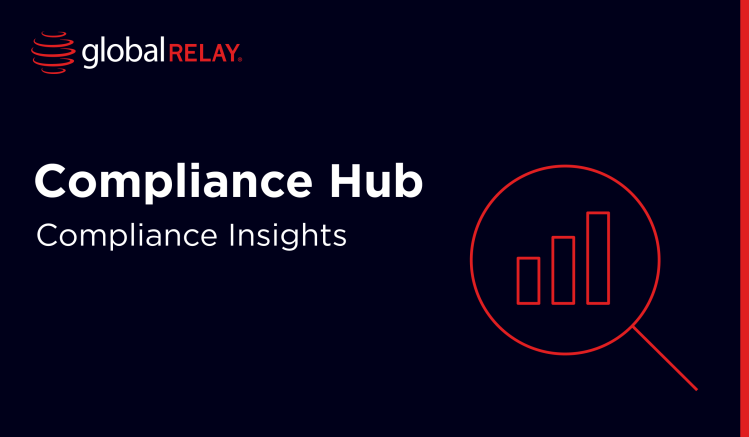
How data cloud connectors transform energy compliance
Amid constantly moving targets towards smarter business operations, energy firms face mounting compliance hurdles. Yet energy data cloud connectors are turning these challenges into opportunities for innovation and growth. Learn more about how compliant data integration for the energy sector can be achieved by leveraging cloud connectors.
Written by a human
In brief:
- AI-driven cloud connectors are reshaping how energy providers manage compliance, automate reporting, and adapt to rapid regulatory changes.
- It’s likely that stricter privacy rules and cloud-centric strategies will dominate the energy sector’s roadmap between 2025 and 2030.
- Early adopters of integrated solutions will gain a significant edge by streamlining compliance and staying ahead of competitors.
How data cloud connectors fit into today’s business environment
The energy sector is under enormous pressure to modernize and keep up with a rapid pace of regulatory changes, including those outlined by the Federal Energy Regulatory Commission (FERC) in the U.S. FERC data compliance represents an essential requirement for energy industry operations, promoting equitable and open markets while safeguarding vital infrastructure systems.
Meanwhile in Europe, the General Data Protection Regulation (GDPR) sets out how personal data is processed and secured by energy companies to protect subjects’ privacy. GDPR energy compliance is now more onerous with the major rollout of smart meters and the increase in data that this shift brings.
Yet for most energy companies, traditional compliance methods are typified by a reliance on siloed data, manual reporting, and patchwork technology. This just doesn’t cut it in 2025, given that energy firms use a wide range of systems like Supervisory Control and Data Acquisitions systems, Internet of Things (IoT) devices, and Enterprise Risk Management software which all contain different information needed for compliance purposes.
What are data cloud connectors?
The evolution of cloud connectors, which are now far superior to the early solutions is big news for compliance, especially in the energy sector. These smart tools integrate on-premises and cloud-based data sources for real-time access. By seamlessly linking disparate systems, cloud connectors automate compliance checks and feed real-time data into cloud-first platforms.
And when applied to energy, data cloud connectors serve as digital bridges between key business applications, IoT devices, and regulatory reporting systems. Plus, their significance is growing fast as energy providers look for efficient, scalable paths to compliance without hampering the efficiency of everyday operations.
As an example, a renewable energy firm deploys IoT sensors across its asset fleet, for example solar panels or turbines, to monitor performance metrics like power output and equipment health. Data connectors and IoT gateways are used that support a wide range of communication protocols, ensuring secure and seamless data transmission to the cloud.
This unified IoT data platform enables the renewable energy firm to automatically generate compliance reports for regulatory bodies like FERC, ensuring accurate reporting of generation capacity, outages, and grid interconnection data. This approach allows the company to meet regulatory requirements while also optimizing operational efficiency through real-time monitoring and predictive maintenance capabilities.
Data connectors, compliance, and future trends
Over the next five years, we’ll see three trends converge:
- AI-powered connectors will go mainstream, enabling self-optimizing compliance workflows and predictive analytics.
- Privacy laws are getting stricter worldwide, with tougher requirements for data residency, customer consent, and audit trails. The U.S., the EU, and major APAC markets are all moving in this direction. Add in GDPR and
- Cloud-first compliance strategies will dominate regulated industries including the energy sector. This approach will allow firms to adapt quickly to new rules, protect sensitive information, and collaborate securely across borders.
The result will be a new era where data cloud connectors become standard infrastructure and energy companies leverage these to ensure compliance and drive innovation. Compliance data integration and the energy sector will go hand-in-hand, and this will bring widespread benefits.
The competitive advantage of proactive integration
Businesses that move quickly to adopt and integrate cloud connectors will outperform those sticking with manual or piecemeal approaches. Ensuring compliance with data cloud connectors is based on three fundamental principles:
- Speed of response: Changes to environmental rules or reporting standards can trigger huge workloads. Automated data connectors for compliance update systems instantly, so teams aren’t left scrambling when regulations change.
- Stronger data governance: Centralized, real-time data helps reduce errors, prevent fines, and ensure transparency across the organization.
- Adaptive capacity: As business models evolve and new energy sources come online, cloud connectors can scale and adjust with minimal disruption.
Energy regulatory data integration: How data cloud connectors make compliance easier
Forward-thinking energy companies are already enjoying tangible benefits from integrating data connectors for compliance. Some of the headline cloud connector benefits include:
- Rapid automation of compliance checks, reducing manual data entry and the risk of human error.
- Easier reporting to government agencies with up-to-date and accurate information.
- Lower IT and audit costs by unifying data flows across departments and external partners.
- Better security and privacy with real-time monitoring, role-based access, and secure data storage.
Challenges of cloud data compliance for energy firms
While the benefits of energy data cloud connectors are clear, there are some complexities to overcome to achieve regulatory compliance with connectors:
- System compatibility: Legacy infrastructure often needs upgrading before connectors can operate smoothly.
- Data quality issues: Automating a broken process can spread errors faster if data isn’t cleaned up first.
- Change management: Staff need training and buy-in to fully adapt to new, automated workflows.
- Vendor lock-in and integration complexity: Choosing providers that work with open standards can help avoid future headaches.
What lies ahead: Can compliance become a growth engine?
Leveraging compliance data integration in the energy sector can unlock operational efficiency, keep sensitive information secure, and uncover business insights hidden in compliance data.
Importantly, forward-thinking organizations can use energy compliance automation as a driver for growth by leaving behind archaic processes, freeing up valuable time to tackle more strategic projects.
Lastly, when data can move seamlessly between various applications and devices, also known as data interoperability, compliance becomes easier to achieve.
Practical next steps for integrating energy data cloud connectors
Energy businesses that are integrating data cloud connectors into their roadmap should pay particular attention to:
- Auditing current data flows to pinpoint manual bottlenecks and integration gaps.
- Partnering with vendors offering open, AI-powered connectors with proven security credentials, like Global Relays connectors.
- Investing in staff training to maximize technology benefits across compliance, operations, and strategic planning.
- Staying informed about upcoming privacy laws and emerging standards in secure data cloud integration.
Final thoughts
As the energy space charges into a new era of digital transformation, data cloud connectors are proving to be more than just tech upgrades, representing catalysts for agility, transparency, and regulatory success. Embracing an integrated, cloud-first approach today for energy data integration will set the pace for leadership in tomorrow’s landscape.
